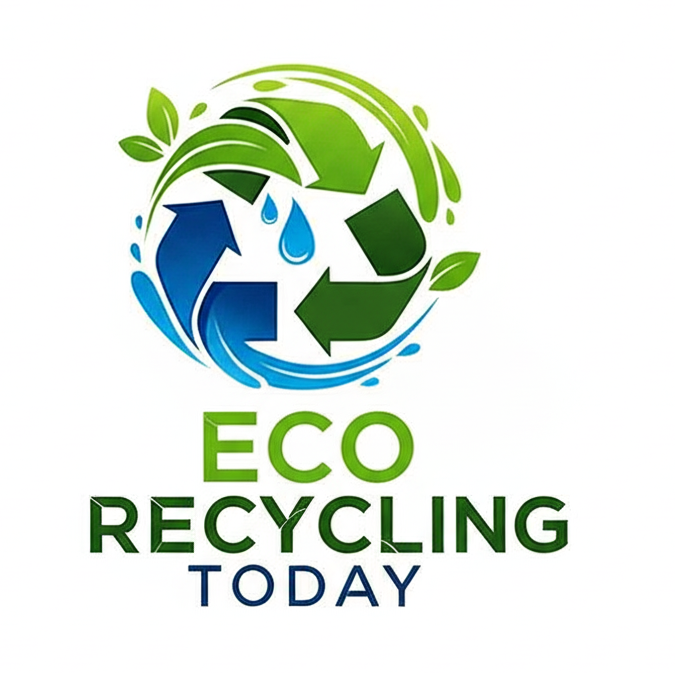Got an old phone stashed in a drawer? You’re not alone—over 5.3 billion phones were thrown away globally in 2022, most of them never properly recycled. What seems like harmless clutter could actually be a toxic time bomb.Welcome to the dark side of electronics: e-waste, the fastest-growing solid waste stream in the world.

What Is E-Waste—and Why Is It Growing?
E-waste (electronic waste) includes discarded devices like:
- Phones, tablets, and laptops
- TVs, monitors, and printers
- Batteries, chargers, and circuit boards
According to the United Nations Global E-Waste Monitor, over 62 million metric tons of e-waste were generated globally in 2024. Shockingly, less than 25% was properly collected and recycled. By 2030, global e-waste is projected to exceed 82 million metric tons annually.
What’s Inside Your Phone? (Hint: It’s Not Just Plastic)
Old phones and gadgets contain over 60 different elements, including:
- Lead – damages brain development
- Mercury – toxic to kidneys and nervous system
- Cadmium – carcinogenic, found in batteries
- Brominated flame retardants – hormone disruptors
- Arsenic – often present in semiconductors
When improperly disposed of, these toxic materials can leach into soil and groundwater, harming ecosystems and public health.
The Hidden Costs of Improper E-Waste Disposal
Here’s what happens when electronics are thrown in the trash or dumped illegally:
| Hazard | Impact |
|---|---|
| Incineration | Releases dioxins, heavy metals, and greenhouse gases |
| Landfilling | Toxins seep into groundwater and soil |
| Informal recycling | Workers (often children) are exposed to toxic fumes |
| Chemical burning | Used to extract metals—often in unregulated settings |
In many countries, especially in Asia and Africa, e-waste is processed by hand, exposing vulnerable communities to cancer-causing pollutants and heavy metal poisoning.
How E-Waste Should Be Recycled
Proper e-waste recycling includes:
1. Collection
Drop-off points, take-back programs, or municipal e-waste days help collect outdated devices.
2. Manual Dismantling
Trained workers remove:
- Batteries
- Screens
- Circuit boards
- Cables and casings
3. Mechanical Separation
Materials are shredded and sorted into categories:
- Precious metals (gold, silver, palladium)
- Plastics
- Glass
- Ferrous and non-ferrous metals
4. Safe Refining
Extracted metals and materials are purified and sold back into the supply chain—reducing the need for mining and new production.
What’s Your Old Tech Really Worth?
A metric ton of e-waste contains 100x more gold than a metric ton of gold ore
1 million recycled phones recover:
- 35,000 lbs. of copper
- 772 lbs. of silver
- 75 lbs. of gold
- 33 lbs. of palladium
With rare earth metals becoming more scarce and expensive, recycling electronics isn’t just good for the planet—it’s economically smart.
What You Can Do: Responsible E-Waste Disposal Tips
- Don’t throw electronics in the trash.
- Find certified e-waste recyclers (e.g., R2 or e-Stewards certified facilities).
- Participate in manufacturer take-back programs – Apple, Samsung, Dell, and others offer this.
- Donate working devices to schools or charities.
- Erase your data before donating or recycling.
- Use certified data-wiping software or factory reset features to protect your information.
A Tiny Device, A Global Impact
That old phone in your drawer is more than clutter—it’s a small piece of a massive global waste challenge. But it’s also part of the solution.
By recycling your electronics responsibly, you:
- Protect human health
- Conserve rare materials
- Cut carbon emissions
- Support ethical, sustainable business models
